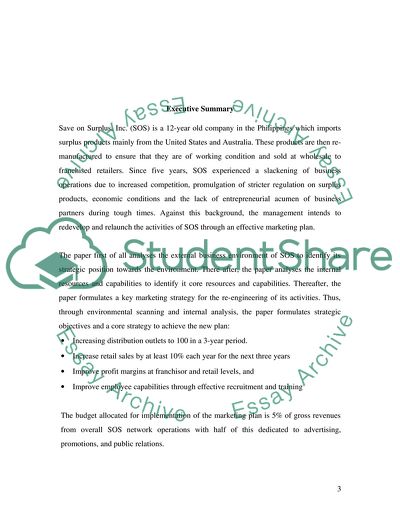Cite this document
(Collaboration Between Potential Buyers and Sellers Research Paper - 2, n.d.)
Collaboration Between Potential Buyers and Sellers Research Paper - 2. Retrieved from https://studentshare.org/marketing/1720469-marketing-planning
Collaboration Between Potential Buyers and Sellers Research Paper - 2. Retrieved from https://studentshare.org/marketing/1720469-marketing-planning
(Collaboration Between Potential Buyers and Sellers Research Paper - 2)
Collaboration Between Potential Buyers and Sellers Research Paper - 2. https://studentshare.org/marketing/1720469-marketing-planning.
Collaboration Between Potential Buyers and Sellers Research Paper - 2. https://studentshare.org/marketing/1720469-marketing-planning.
“Collaboration Between Potential Buyers and Sellers Research Paper - 2”, n.d. https://studentshare.org/marketing/1720469-marketing-planning.


